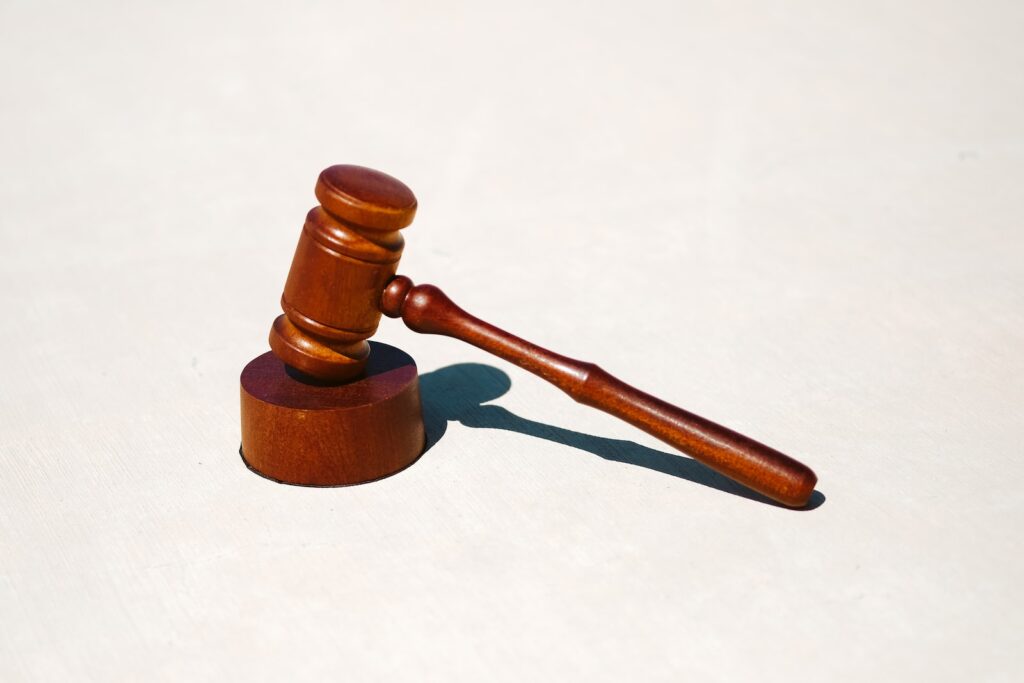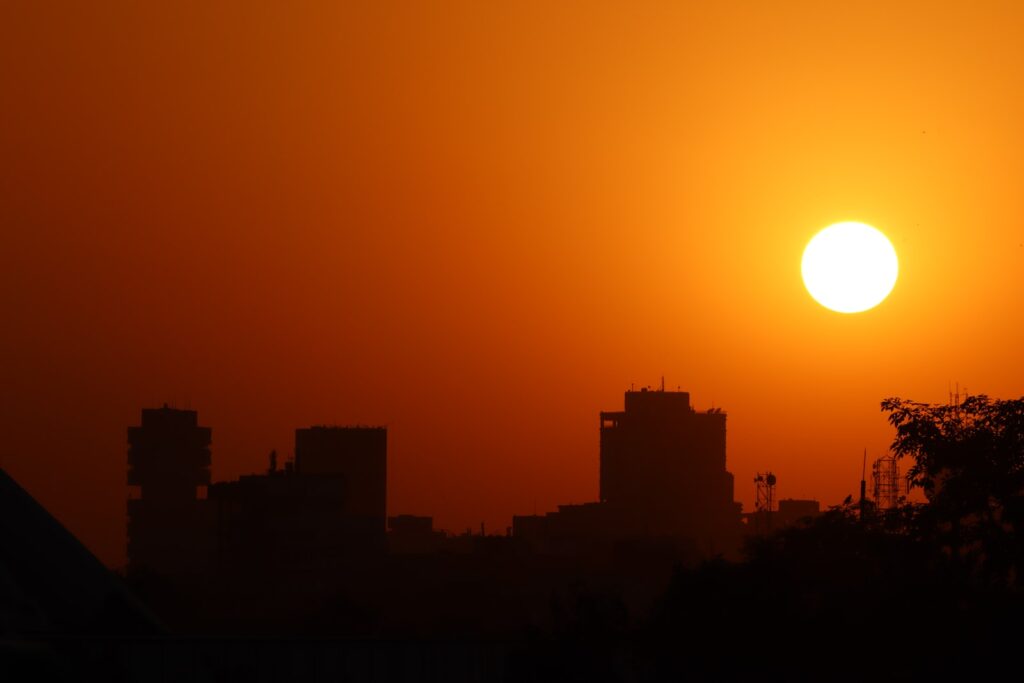Opinion: Courts may need to direct policy to ensure air quality improves
Judicial overstretch was used to tackle soaring New Delhi air pollution. Supreme Court lawyer Varun Srinivasan explains why this was necessary, and how legal framework compares to powers afforded by the United Kingdom’s Clean Air Bill.
As October rolls into November, the atmosphere in India’s capital is marked by contrasting forces. On the one hand, twinkling lights on rooftops and buildings chequer the night sky, brightening up New Delhi’s streets for Diwali. On the other, the festival of lights ushers in an annual period of peak air pollution and smog that returns the city to darkness.
Today, though, there is one sound missing: the endless racket of firecrackers, part and parcel of how Indians have traditionally celebrated Diwali. The story of New Delhi, the most polluted capital in the world, and its ban on firecrackers during Diwali, is an interesting case study of an unlikely institution rising up to meet the challenges of air pollution.
The policy measure to ban firecrackers owes its origin not to Delhi Pollution Control Committee, nor the Central Pollution Control Board, nor even the Department of Environment – or any of the numerous institutions of the executive branch tasked with actually taking policy measures. Instead, this is the Supreme Court of India’s work, in part catalysed by judges waking up every morning and coughing throughout their commute.
The Supreme Court of India’s interest in environmental issues is not new. In the 1980’s, a newly energised Supreme Court ushered in unprecedented era of judicial activism in environmental issues, with landmark decisions that recognised a legal right to a clean environment in the Indian Constitution.
In the 1990’s, the Court had inched towards directing positive measures such as the protection of ecologically fragile coastal areas from environmental threats. By 2010, as Delhi’s air began worsening, the Court grew accustomed to issuing orders. For example, the conversion of the entire Delhi fleet of diesel buses to Compressed Natural Gas, with taxis soon to follow.
2016’s Diwali brought with it what is now known as the Great Delhi Smog, with air pollution reaching crisis point. The PM2.5 levels in the air crossed 700 μg/m3 – among the highest levels in the world, and about 29 times above WHO standards.
The Air Quality Index had risen to 700 (classed as ‘very severe’). In a seminal judgment, Arjun Gopal v. Union of India, the Supreme Court came up with the most comprehensive and drastic measures ever taken to stop Delhi’s air quality deterioration. The line between judicial duty and newfound executive role was blurring.
The original version of this article appeared in the November issue of Air Quality News. You can read the full digital edition below.
Image: Tingey Injury Law Firm (Top) / Cyril Joseph (Bottom)
Images: Mika Baumeister (Top) / Sven Kucinic (Bottom)



















